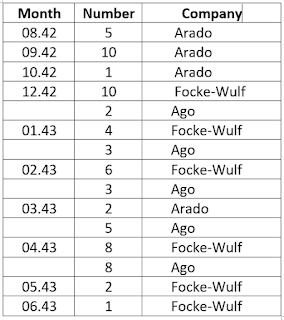 |
| Günther Rall |
Günther Rall served on the Eastern and Western fronts, rising to the rank of major and commanding fighter groups and entire squadrons. He finished World War II as the third-highest-scoring fighter ace of all time with 275 aerial victories. His final assignment was in the defense of the Reich itself, and his capture by the Americans was the beginning of a second career for him.
Continuing to rise in the Bundesluftwaffe (the new Luftwaffe), he trained in the United States and later commanded German jet fighter units in the 1960s. He is still good friends with many of his old Luftwaffe comrades, and he was reunited with many for the 80th birthday celebration for General Johannes Steinhoff on September 15, 1993, shortly before Steinhoff’s death.
After retiring from the new German Air Force, General Rall began working in an advisory capacity for several well-known companies. Today he enjoys retirement, his family and his many grandchildren, and enjoys corresponding with historians.
World War II: General, please tell us about your background.
Rall: I was born on March 10, 1918, in Gaggenau, which is a small village in the Black Forest. My father was a merchant, and when I was born he was on operations during World War I. He first saw me when he came back.
















































